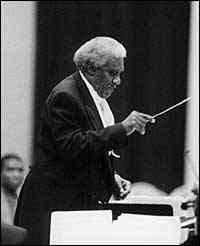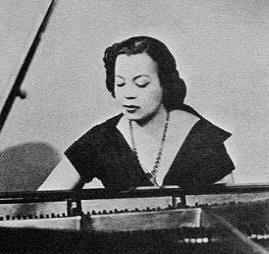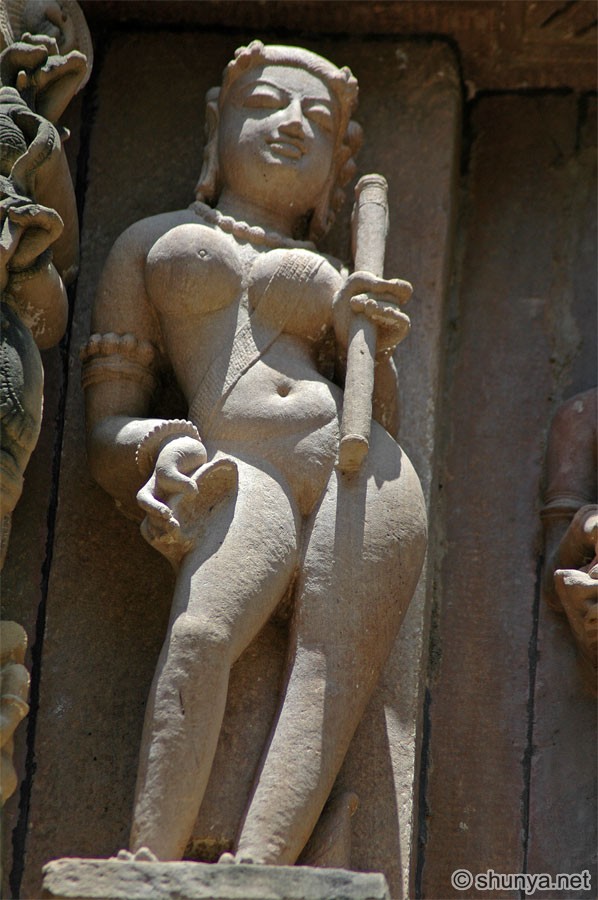Joe Arroyo
Mi Libertad
1995
Tracks:
01. Mosaico Gaiteros
Tracks:
01. Mosaico Gaiteros
02. Mi Libertad
03. Muévelo
04. Falta La Plata
05. Tal Para Cual
06. Juguete De Amor
07. Mara Paola
08. La Madera
03. Muévelo
04. Falta La Plata
05. Tal Para Cual
06. Juguete De Amor
07. Mara Paola
08. La Madera
♫☆`*♥¸¸.•*¨*•♫☆`*♥¸¸.•*¨*•♫
♫☆`*♥¸¸.•*¨*•☆♫`*♥¸¸.•*¨*•♫
Obituary
Joe Arroyo - Colombia's salsa king
Joe Arroyo drew on his home city's African heritage for inspiration
His full name was Alvaro Jose Arroyo Gonzalez but he was known in the music world as Joe Arroyo - and in his native Colombia as just Joe.
There may be some people in Latin America who haven't heard of him.
But even so, they've probably heard his biggest hit, Rebellion.
"It's the most important salsa tune the country has. In fact, it may well be Colombia's most important song," Mauricio Silva, who wrote a biography of Arroyo, told BBC Mundo.
"The music is fantastic and the whole country dances it and sings it."
But for Mr Silva, Rebellion has a deeper meaning.
"It's how Joe condenses the history of the black population of Latin America."
Joe Arroyo and his band brought together the African rhythms of Colombia's Caribbean coast.
He composed 107 songs, 40 of them top hits, but his work went beyond salsa.
Arroyo was born 1 November 1955 in the port of Cartagena.
He grew up speaking Creole that stemmed from the Bantu language spoken by African slaves in the 16th Century and who are the protagonists of Rebellion.
As a child, Arroyo was influenced by the rhythms of Cartagena - such as soca, calypso, salsa and merengue.
But he also drew on other styles embedded in the culture of of black Colombians - including terapia, champeta, and porro.
Brothel beginning
Later, Arroyo would seek to bring these rhythms together into his own unique sound: joseson or the sound of Joe.
"Joe is the embodiment of Africa in America," says Mr Silva.
Joe Arroyo arrives at the 9th annual Latin GRAMMY awards held at the Toyota Center on November 2008 in Houston, Texas. Arroyo kept peforming despite bouts of ill health
Arroyo began singing aged eight in Cartagena's brothels.
"Then an archbishop heard about him, asked for Joe to come to him and put him in a choir," Mr Silva says.
Arroyo ran away from home at 13 and joined a band in Barranquilla called "The Protest".
In 1973, he became the main vocalist in the popular salsa band, Fruko y sus Tesos.
He formed his own band, La Verdad (The Truth), in 1981, developing his own sound and becoming one of the stars of salsa music, at home and abroad.
Arroyo's intense lifestyle and various brushes with death added to his aura.
Thyroid problems left him seriously ill in 1983 - the Colombian press pronounced his death "from a drug overdose".
He was again given up for dead when he suffered pneumonia and was in a diabetic coma while on tour in Barcelona.
Two years later, his daughter Tania died from heart problems.
The following day he took to the stage for a planned concert, and was inspired to write the song that bears her name.
"His songs were the map of his life, the women who betrayed him, the men whose women he slept with, his drug-taking," said Mr Silva.
Actor Jair Romero played Arroyo in a soap opera about his life called "Joe, The Legend".
"When you talk about Colombian music, your reference point is Joe Arroyo," says Romero.
"But he was a very simple man, the voice of the people, someone who expressed what the poor wanted to say."
For Romero, it is telling that despite his success, Arroyo stayed in Colombia and did not make his home in Miami, unlike other Latin American musicians.
Despite his numerous health problems, Arroyo never stopped performing.
"That's why there is and never will be anybody like Joe Arroyo," says Romero.
Joe Arroyo drew on his home city's African heritage for inspiration
His full name was Alvaro Jose Arroyo Gonzalez but he was known in the music world as Joe Arroyo - and in his native Colombia as just Joe.
There may be some people in Latin America who haven't heard of him.
But even so, they've probably heard his biggest hit, Rebellion.
"It's the most important salsa tune the country has. In fact, it may well be Colombia's most important song," Mauricio Silva, who wrote a biography of Arroyo, told BBC Mundo.
"The music is fantastic and the whole country dances it and sings it."
But for Mr Silva, Rebellion has a deeper meaning.
"It's how Joe condenses the history of the black population of Latin America."
Joe Arroyo and his band brought together the African rhythms of Colombia's Caribbean coast.
He composed 107 songs, 40 of them top hits, but his work went beyond salsa.
Arroyo was born 1 November 1955 in the port of Cartagena.
He grew up speaking Creole that stemmed from the Bantu language spoken by African slaves in the 16th Century and who are the protagonists of Rebellion.
As a child, Arroyo was influenced by the rhythms of Cartagena - such as soca, calypso, salsa and merengue.
But he also drew on other styles embedded in the culture of of black Colombians - including terapia, champeta, and porro.
Brothel beginning
Later, Arroyo would seek to bring these rhythms together into his own unique sound: joseson or the sound of Joe.
"Joe is the embodiment of Africa in America," says Mr Silva.
Joe Arroyo arrives at the 9th annual Latin GRAMMY awards held at the Toyota Center on November 2008 in Houston, Texas. Arroyo kept peforming despite bouts of ill health
Arroyo began singing aged eight in Cartagena's brothels.
"Then an archbishop heard about him, asked for Joe to come to him and put him in a choir," Mr Silva says.
Arroyo ran away from home at 13 and joined a band in Barranquilla called "The Protest".
In 1973, he became the main vocalist in the popular salsa band, Fruko y sus Tesos.
He formed his own band, La Verdad (The Truth), in 1981, developing his own sound and becoming one of the stars of salsa music, at home and abroad.
Arroyo's intense lifestyle and various brushes with death added to his aura.
Thyroid problems left him seriously ill in 1983 - the Colombian press pronounced his death "from a drug overdose".
He was again given up for dead when he suffered pneumonia and was in a diabetic coma while on tour in Barcelona.
Two years later, his daughter Tania died from heart problems.
The following day he took to the stage for a planned concert, and was inspired to write the song that bears her name.
"His songs were the map of his life, the women who betrayed him, the men whose women he slept with, his drug-taking," said Mr Silva.
Actor Jair Romero played Arroyo in a soap opera about his life called "Joe, The Legend".
"When you talk about Colombian music, your reference point is Joe Arroyo," says Romero.
"But he was a very simple man, the voice of the people, someone who expressed what the poor wanted to say."
For Romero, it is telling that despite his success, Arroyo stayed in Colombia and did not make his home in Miami, unlike other Latin American musicians.
Despite his numerous health problems, Arroyo never stopped performing.
"That's why there is and never will be anybody like Joe Arroyo," says Romero.
♥
☆



















































































+Front.jpg)

















